This article was medically reviewed by Erik Kramer, DO, MPH. Dr. Erik Kramer is a Board-Certified Primary Care Physician at the University of Colorado. With over 15 years of experience, his clinical interests include obesity and weight management, diabetes care, and preventive care, as well as embracing a holistic approach to primary care. He received his Doctorate in Osteopathic Medicine (D.O.) from the Touro University Nevada College of Osteopathic Medicine and completed his residency at Central Maine Medical Center. Dr. Kramer is a Diplomate of the American Board of Obesity Medicine.
This article has been viewed 28,763 times.
If you're having trouble conceiving or are simply concerned about your health, you may want to undergo a semen analysis. Semen analyses measure the amount and quantity of a man’s sperm and are typically used to evaluate fertility. However, in order for the results of the analysis to be reliable, there are certain precautions you have to take before, while, and after collecting a sperm sample.
Steps
Making the Right Preparations
-
1Refrain from ejaculating for 2-3 days before collecting your sample. This will ensure that your sperm count and sperm mobility are at optimal levels at the time of the sample. For the same reason, do not refrain from ejaculating for more than 5 days.[1]
- This doesn’t mean you have to avoid sexual activity completely. This only means you have to refrain from ejaculating in this timeframe.
-
2Inform the doctor of any medications you’re currently taking. Some prescription drugs and herbal medicines may impact sperm count or other sperm analysis values. Your doctor or lab technician will be able to tell you if you need to discontinue these medications in order to ensure an accurate analysis.[2]
- You may also be asked to refrain from drinking alcohol or taking recreational drugs in the days leading up to your sperm sample.
- Some medications that may affect test results include St. John's Wort and cimetidine.
-
3Acquire a clean container from the lab to collect your sample. Your sample must be deposited in a sterilized, sealed container in order to get accurate results. Do not use an alternative container, like Tupperware or a sealable plastic bag, to store your sample.[3]
- The lab will probably provide you with a means of transporting the container with the sample as well. If they don’t, be sure to ask what precautions you’re required to take when returning your sample to the lab.
-
4Make an appointment to return your sample within 1 hour. If the sample is more than an hour old, sperm mobility will have decreased so significantly that it can’t be reliably analyzed. Make sure to plan the production and delivery of your sample around a specific appointment time for best results.[4]
- Don’t forget to take things like traffic and the time it will take to reach the lab into consideration when planning your sample production.
Ensuring an Accurate Analysis
-
1Clean your hands and penis beforehand with water and dry thoroughly. Do not use soap or oils when cleaning yourself, since these may pollute your sample. Dry your hands and penis as thoroughly as possible to prevent water from getting into your sample.[5]
- The lab may provide sterilized cleaning wipes or towelettes that you can safely use without affecting the sample.
-
2Obtain the sample with masturbation without using lubricants or gels. Lubricants, gels, or even saliva may contaminate your sample and make it unreliable to analyze. Do not collect your sample in a condom or use spermicide as a masturbatory aid.[6]
- If you need to provide your sample via intercourse, the lab may be able to provide a nontoxic condom that you can use and that won’t kill the sperm in the sample. After ejaculating, seal the condom with the provided twist tie and place it in the container.
-
3Avoid interfering with the contents of the container afterwards. Do not place your fingers or any foreign objects inside the container, as this will interfere with the analysis results. Leave any pubic hair or clothing thread that falls into the container inside and inform a lab technician about it when you turn in your sample.[7]
- The lab will be able to remove the hair or thread with a sanitized tool that won’t affect the test results.
-
4Place the lid on the container and put it in the plastic bag provided. For best results, seal the container as soon as possible to limit the possibility of contamination. If the lab did not provide you with a bag for storing the container, place it upright in a plastic bag and keep it close to your body.[8]
Returning Your Sample
-
1Write your name, date of birth, and time of sample on the container. Write this information clearly with a pen or marker that won’t run if the ink gets wet. Make sure this information is accurate, especially the time of sample, as incorrect information may lead to unreliable test results.[9]
- You may also be asked to provide additional information, such as the number of days of abstinence that preceded the sample.
-
2Bring the container back within 1 hour, keeping it close to your body. Keep the sample as close to body temperature as possible as you bring it back to the lab. Do not allow it to be exposed to extremes of temperature.[10]
- Refrain from transporting the sample in a purse or briefcase where it’s harder to keep it warm.
- If you weren’t given a special heat-retaining transport bag, your best bet is to place the container as close to your body as possible (e.g., under your armpit) as possible.
-
3Inform the staff at the lab if any of the sample was lost. The first portion of the ejaculate is often the richest in sperm numbers, so it’s important to let the lab technician know if your sample is missing this portion. If any of the semen is spilled, do not try to put it back in the container yourself.[11]
- This will only lead to your inadvertently contaminating the sample.
References
- ↑ https://my.clevelandclinic.org/health/diagnostics/21520-semen-analysis
- ↑ https://medlineplus.gov/lab-tests/semen-analysis/
- ↑ https://www.allinahealth.org/-/media/allina-health/files/medical-services/lab-services/semen-sample-collection-english-15307.pdf
- ↑ https://www.royalfree.nhs.uk/services/services-a-z/pathology/andrology-semen-analysis/sample-requirements/
- ↑ https://www.rogelcancercenter.org/fertility-preservation/for-male-patients/sperm-banking-procedure/collecting-a-sperm-sample
- ↑ https://www.rogelcancercenter.org/fertility-preservation/for-male-patients/sperm-banking-procedure/collecting-a-sperm-sample
- ↑ https://www.allinahealth.org/-/media/allina-health/files/medical-services/lab-services/semen-sample-collection-english-15307.pdf
- ↑ https://www.rogelcancercenter.org/fertility-preservation/for-male-patients/sperm-banking-procedure/collecting-a-sperm-sample
- ↑ https://www.allinahealth.org/-/media/allina-health/files/medical-services/lab-services/semen-sample-collection-english-15307.pdf


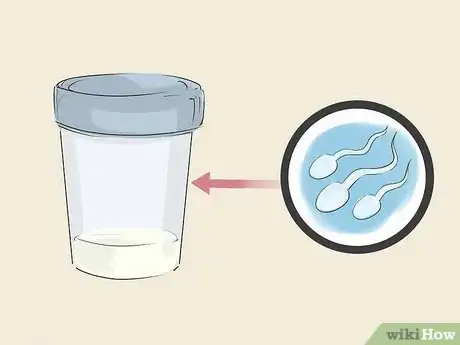
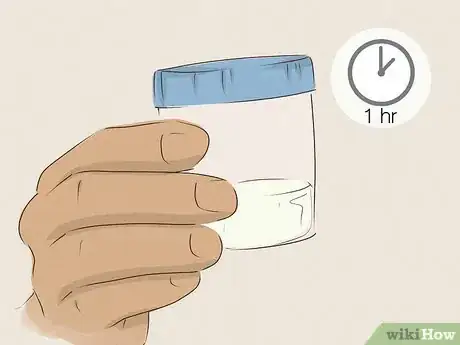

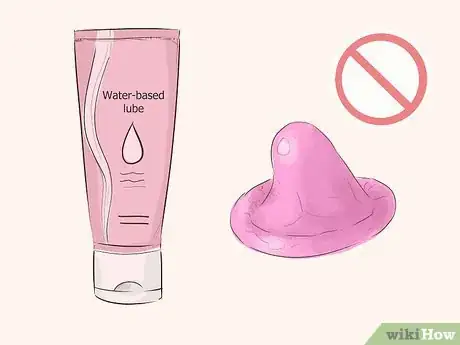
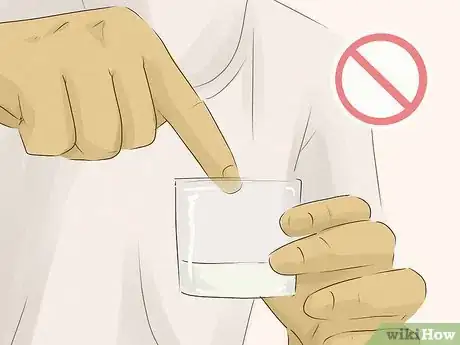

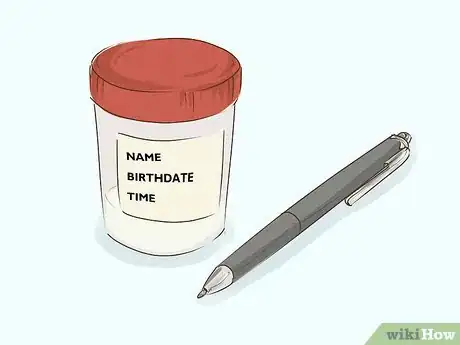
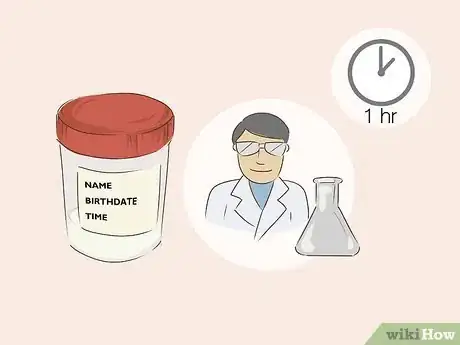


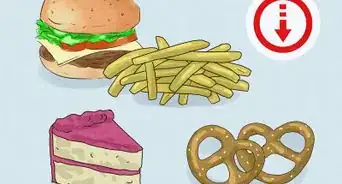




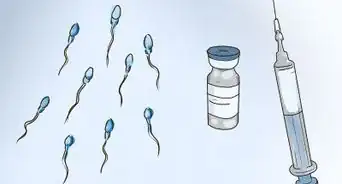

















































Medical Disclaimer
The content of this article is not intended to be a substitute for professional medical advice, examination, diagnosis, or treatment. You should always contact your doctor or other qualified healthcare professional before starting, changing, or stopping any kind of health treatment.
Read More...